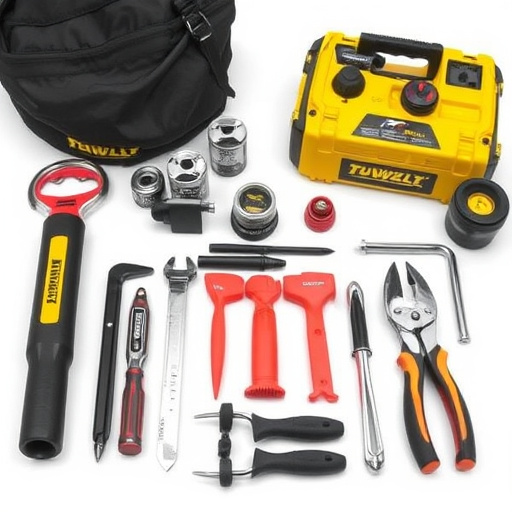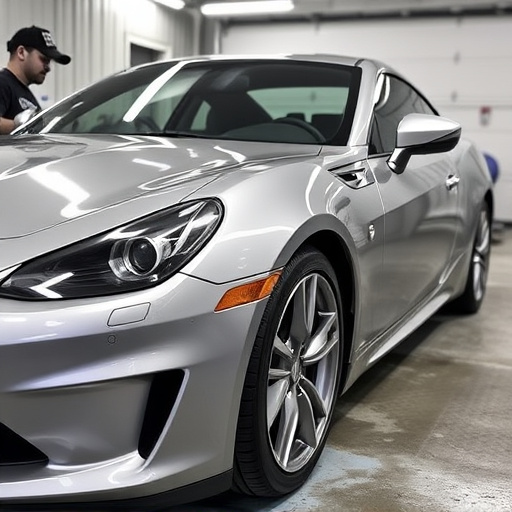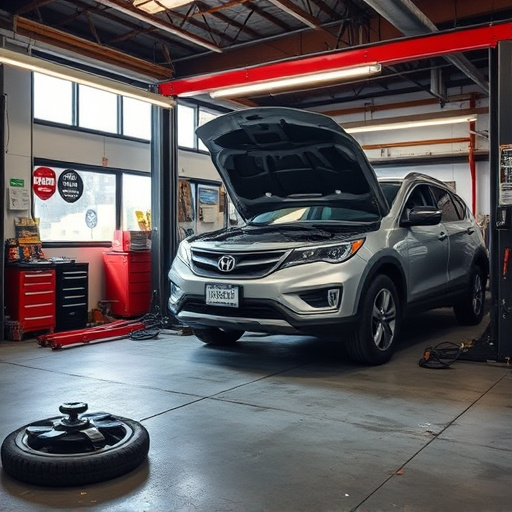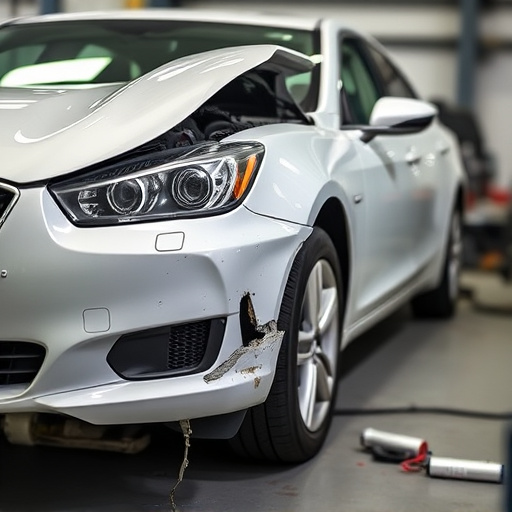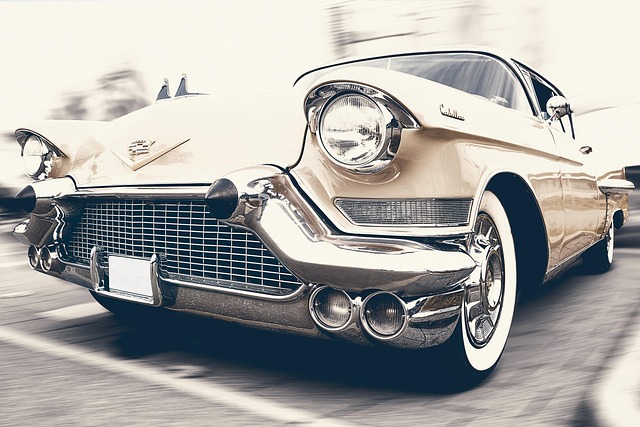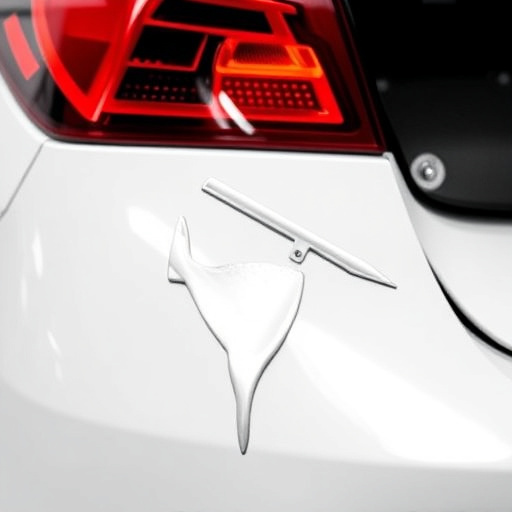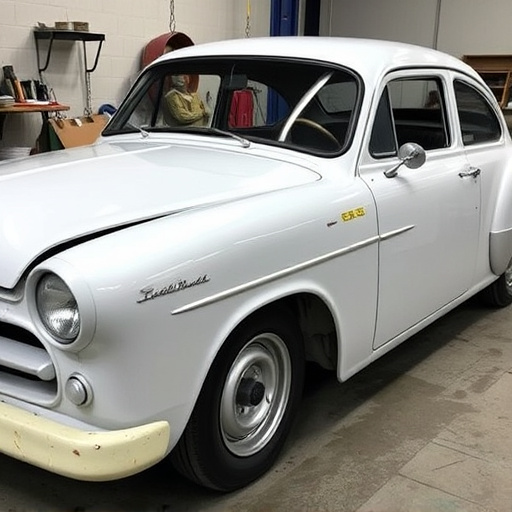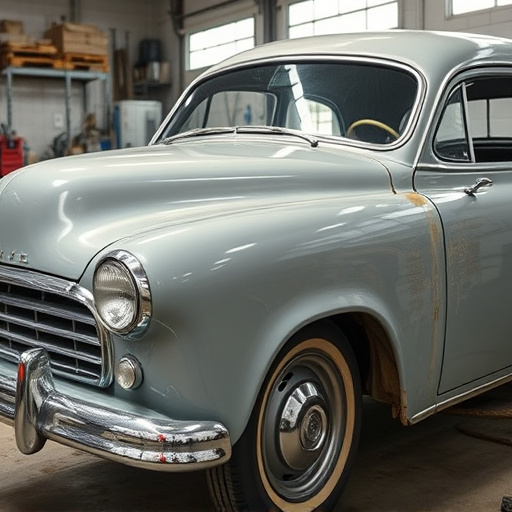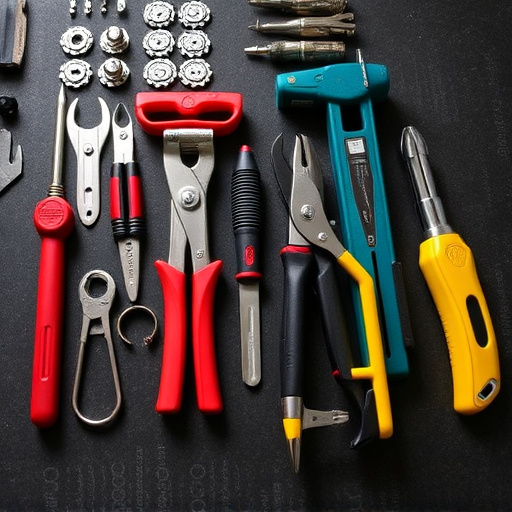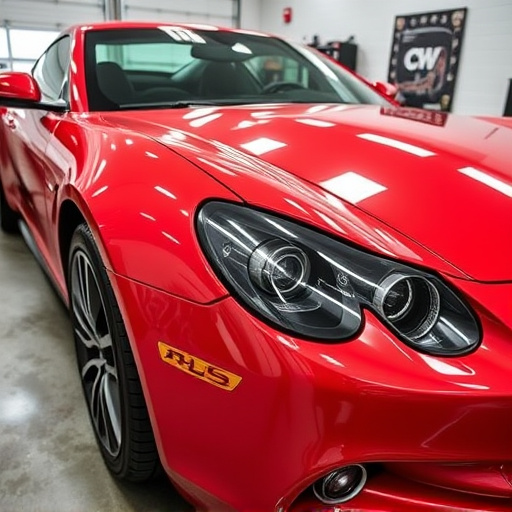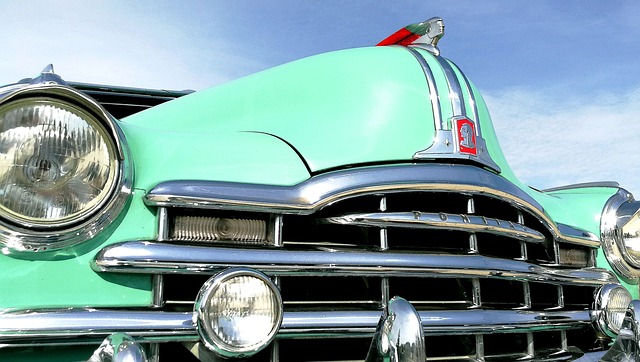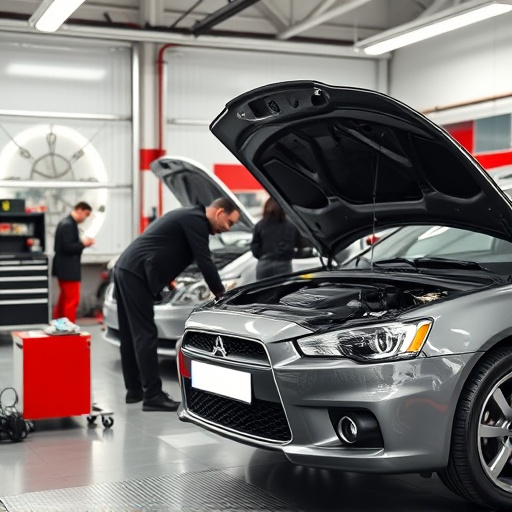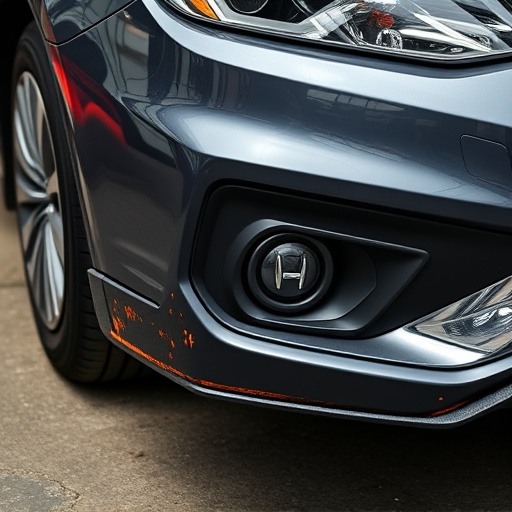Dent types vary widely, from minor scratches to major creases, requiring different auto body service approaches. Proper identification is key for selecting repair methods and PDR equipment. Paintless dent removal (PDR) techniques restore vehicles' original appearance without extensive work or painting, suitable for small chips and larger dings. Severe dents may necessitate traditional body work and painting. PDR equipment varies based on size, depth, and location of the dent to ensure optimal repair outcomes.
In the world of automotive repair, Paintless Dent Repair (PDR) stands out as a game-changer, offering efficient, cost-effective solutions for dented vehicles. But not all PDR tools are created equal. Understanding different dent types—categorized as minor, moderate, or severe based on size, depth, and location—is crucial for selecting the right PDR equipment. This article guides you through the optimal PDR tool choices tailored to specific dent needs and provides best practices for maximizing repair results, ensuring your vehicle’s exterior looks as good as new.
- Understanding Different Dent Types
- – Classification of dent types: minor, moderate, severe
- – Factors influencing dent type: size, depth, location
Understanding Different Dent Types
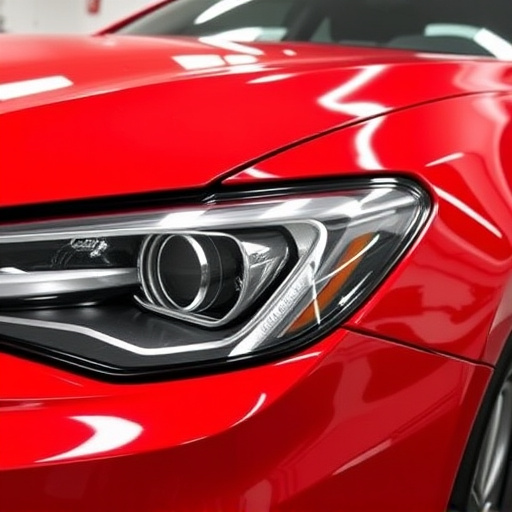
Dent types vary greatly depending on the damage incurred by a vehicle’s surface. From minor scratches and dents to major creases and bends, each dent type presents unique challenges for auto body services. Professional dent removal specialists understand that one-size-fits-all approach won’t work with PDR equipment. For instance, a shallow dent might require a specific tool designed for precision, while a deep bend needs a more robust solution.
Proper identification of dent types is crucial in determining the most effective car repair services and PDR equipment to use. Some dents may even be hidden beneath the surface, necessitating advanced techniques like paintless dent removal (PDR) to address them effectively. This method leverages specialized tools and expertise to restore a vehicle’s original appearance without the need for extensive auto body services or paint jobs, thereby saving both time and money for car owners.
– Classification of dent types: minor, moderate, severe
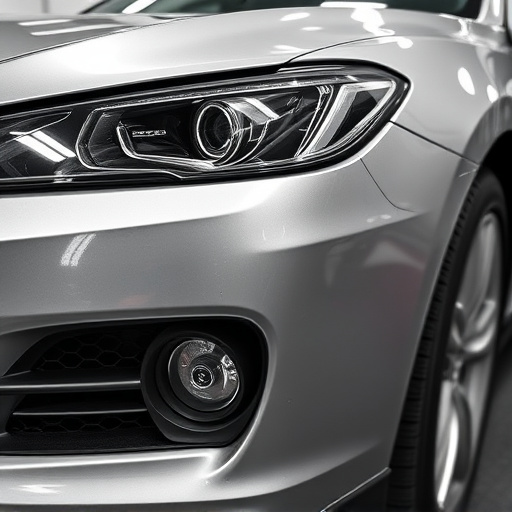
Dent types can be broadly classified into three categories: minor, moderate, and severe. Minor dents, such as small chips or scratches on the surface of a vehicle’s paint, are typically addressed through PDR equipment (Paintless Dent Repair) techniques, which preserve the original factory finish. This non-invasive method is ideal for auto maintenance enthusiasts looking to restore their vehicles’ appearance without extensive body work.
Moderate dents, such as larger dings or creases that affect the panel’s alignment but do not penetrate the paint’s surface, also lend themselves well to PDR equipment. Collision repair centers and collision repair services often employ these tools to quickly and cost-effectively return vehicles to their pre-incident condition. Severe dents, however, may require more intensive methods like traditional body work and painting, as they involve damage that extends beyond the paint layer or disfigure structural components.
– Factors influencing dent type: size, depth, location
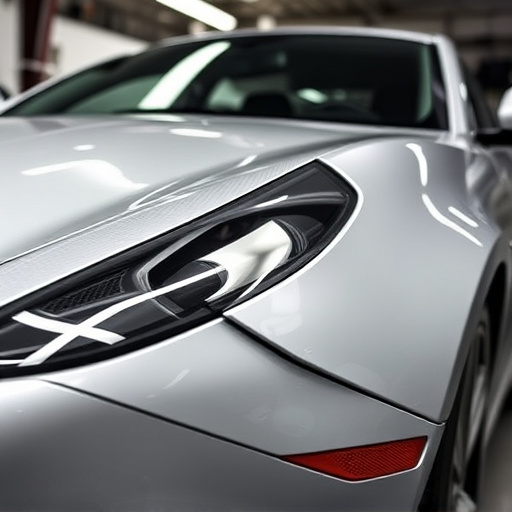
The classification of dents in automotive collision repair or vehicle bodywork restoration is multifaceted, with several factors influencing their type and severity. One of the primary considerations is dent size, ranging from tiny, shallow indentations barely visible to substantial, deep depressions that can alter the overall shape of a car panel. Depth plays a crucial role as well; some dents may be superficial, while others penetrate deeply into the metal, requiring different approaches for efficient PDR equipment application.
Additionally, location is significant in car dent repair. Dents on curved surfaces or intricate body lines pose unique challenges compared to flat panels. The accessibility and angle of approach differ, necessitating tailored tools and techniques for effective restoration. These variables underscore the importance of selecting appropriate PDR equipment based on specific dent characteristics, ensuring optimal results in vehicle bodywork repairs.
When it comes to choosing the best PDR (Paintless Dent Repair) equipment for different dent types, understanding the classification and factors that influence them is key. By recognizing minor, moderate, and severe dents, along with their size, depth, and location, technicians can select the most suitable PDR tools. Investing in versatile and high-quality PDR equipment allows for efficient and effective repairs across various dent scenarios, ensuring optimal results for every dent type encountered.
